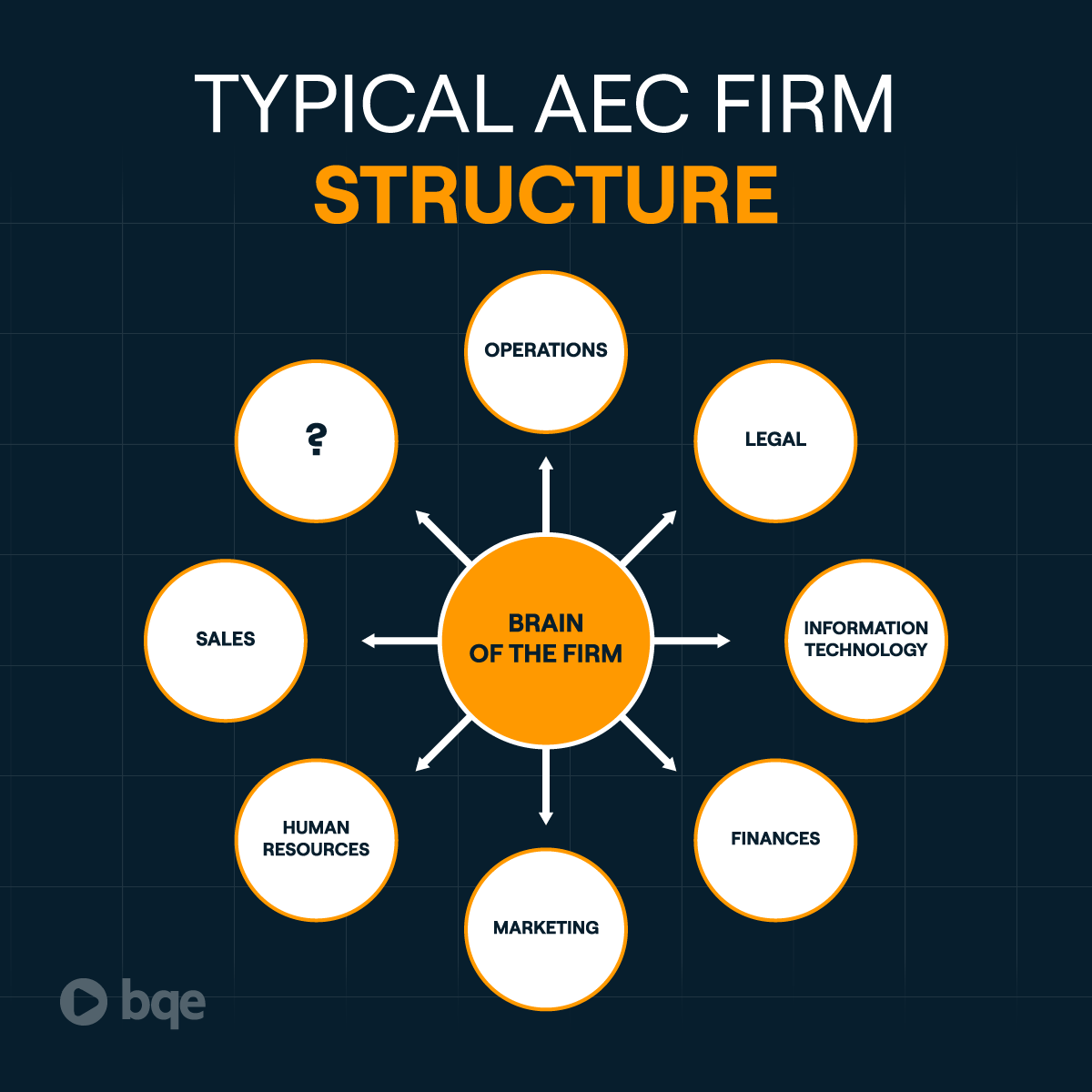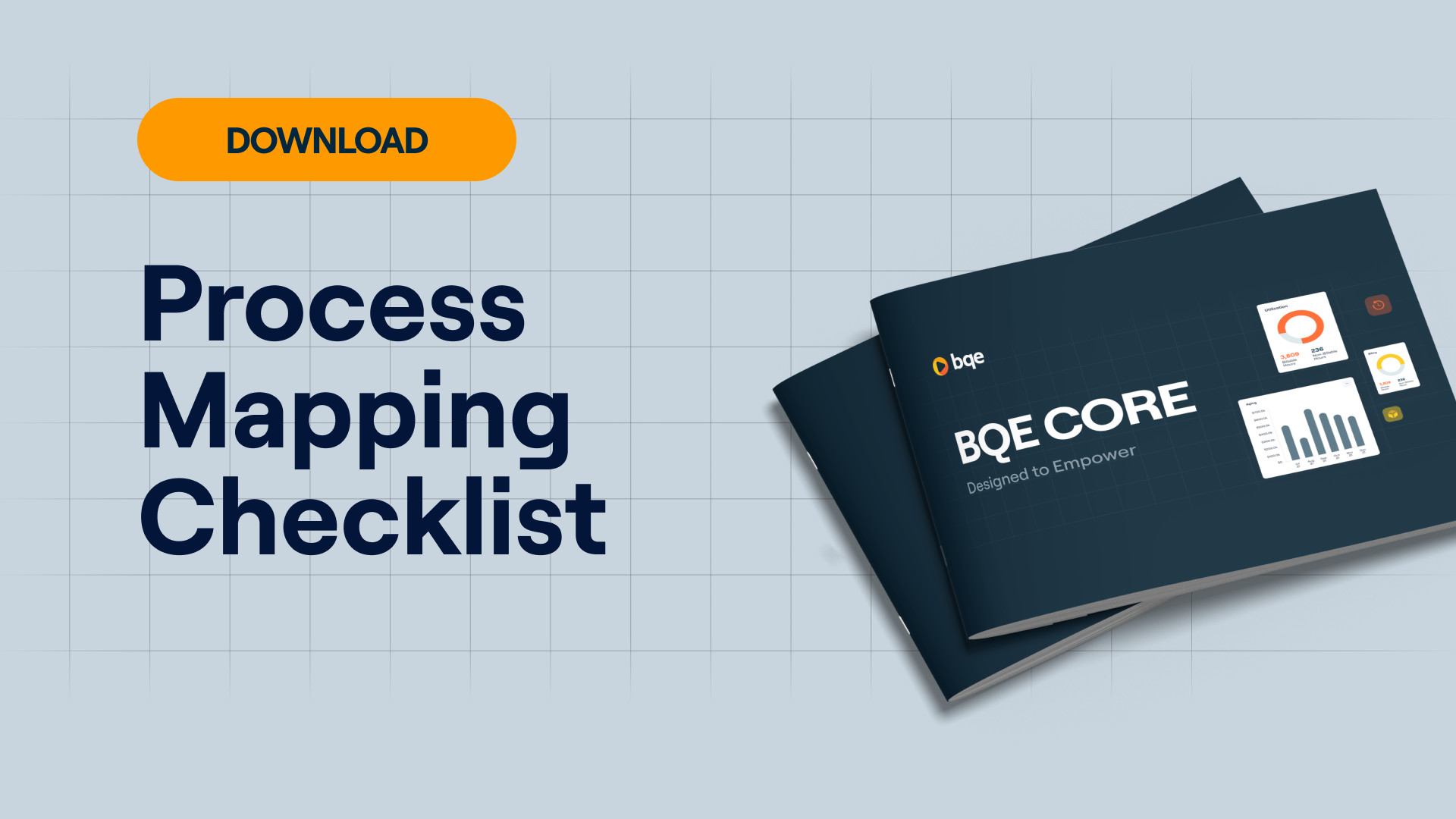Architecture and engineering firms are often labeled as slow to adopt change. The issue is not a reluctance to embrace new tools. It’s a misalignment between people, process, and technology. As I wrote in a recent Zweig Letter Technology Corner piece:
“Investing in technology without fully understanding the ‘who’ and ‘how’ of your business is like putting the cart before the horse.”
To better explain this relationship, I borrowed a metaphor from the Iron Man movies:
-
People are like Tony Stark: the visionary driving innovation.
-
Process is J.A.R.V.I.S.: the intelligent system guiding every decision.
-
Technology is the Iron Man suit: powerful, but useless without the human and process infrastructure behind it.
In this series, we’re placing a spotlight on the process piece: starting with how your firm functions at a high level. By mapping this out, you will be well equipped to seek solutions that solve a real-world problem, instead of the opposite (what I like to refer to as a “solution in search of a problem”). Process mapping makes your firm more resilient, as everyone on your team can see how each process is completed with the same standards. It allows the firm to move forward seamlessly if any single person is unavailable.
This will be a multipart series, beginning with a high-level overview of how many A/E firms are structured, and understanding if your firm is ready to start process mapping. Subsequent parts will dig into the nitty-gritty of each department.
Why Process Mapping Matters
For architecture and engineering firms, the cost of inefficiency manifests in lost time, lost profitability, poor client experience, reduced scalability, and ultimately, lower firm valuations. By visualizing how your business works, you gain the clarity needed to eliminate bottlenecks, standardize operations, and improve performance across every department.
According to a 2017 McKinsey report, companies that document and consistently improve their business processes can see 30% gains in operational efficiency and 15% increases in customer satisfaction.¹ These improvements directly translate to profitability, especially in A/E firms where projects are complex and cross-functional collaboration is essential.
Yet, many firms operate with undocumented workflows and rely on “tribal knowledge” passed between team members. This lack of clarity creates unnecessary rework, inconsistent delivery, and missed opportunities for optimization. Research by the Zweig Group found that the most profitable firms are nearly twice as likely to invest in operational systems and process standardization compared to average firms.²
Process mapping is a strategic move, not an administrative task. It helps you build a more resilient, profitable, scalable firm where team members know exactly how things get done, and clients consistently experience high-quality, predictable results.
1. McKinsey & Company, The Case for Digital Reinvention
2. Zweig Group, 2024 Financial Performance Benchmarking Report
Visualizing the Workflow: The Process Map Diagram
It has been proven that process mapping can be beneficial to A/E firms, but how should you start? To begin the process, we recommend starting at the top. Reviewing how your firm is structured can help identify all of the areas of the firm that need to be mapped and documented. From there, you can start prioritizing.
Below, we’ve developed a process map diagram that reflects the typical structure of an A/E firm. At the center is the “brain” of your firm: the systems, processes, and area of expertise that set you apart. This is often organized via a knowledge database or a Firm Management Platform like BQE CORE.

Surrounding the brain are the core departments that keep your business running: business development and sales, marketing, operations (which includes your services), finance, legal, information technology, and human resources.
In many A/E firms, projects span across internal departments and across companies, where architecture, engineering, construction, and administration all work together. Process mapping clarifies how these functions intersect, helping teams avoid silos, reduce miscommunication, and collaborate more effectively across departments.
Each department plays a distinct role, but they are far from isolated. Just like the systems in a high-performing building, these functions are interdependent. A bottleneck in one area can affect performance in others.
Note that this model is not meant to be prescriptive. Your firm may have a different structure or additional departments (symbolized by the “?”). The point is to start with a high-level, holistic view of your business. Diagram how your business is organized to give your team some structure to follow as you work through all of the systems and processes that keep the firm running and deliver high-quality work for your clients. From there, you can prepare yourself and your team to dig into the details of each department. Ultimately, you will map the entire organism and document the systems and processes of each area of the business.
Improve Your Firm's Efficiency
Process mapping is an opportunity to apply lean thinking. Using techniques like value stream mapping, firms can identify steps that are non-value-adding and then streamline their workflows to improve efficiency and client outcomes. Without a visual understanding of how your work gets done, it is difficult to identify areas that could be improved or steps that may be unnecessary.
Process mapping isn’t a one-time exercise. It should be revisited regularly to reflect changes in staffing, tools, or project delivery. Establishing a continuous improvement culture ensures your firm stays agile and aligned as it grows.
Are You Ready to Start Process Mapping Your A/E Firm?
Free Checklist Download
Find out if your firm is at a maturity level that is ready to begin mapping all of your processes. To help you get started, we’ve developed a free checklist you can use with your team to identify what you need to do to get started, and if you are ready.
Our free checklist helps you review your firm’s leadership, culture, and mindset, all components that need to be considered to begin this process successfully.

Download the checklist now to assess your readiness and take the first step toward operational clarity.
Areas Covered by the Checklist:
-
Getting alignment from firm leadership
-
Understanding the current state of your firm’s processes
-
Building a culture that supports change
-
Planning to begin the process
What’s Next: A Sneak Peek at the Process Deep Dives
In the next part of this series, we’ll begin digging into each core department, starting with Sales – an underappreciated but essential part of every firm. You’ll see an example of a real-world process map and receive a practical checklist to evaluate your firm’s performance in that area.

Example of a Sales Process Map for an AEC firm